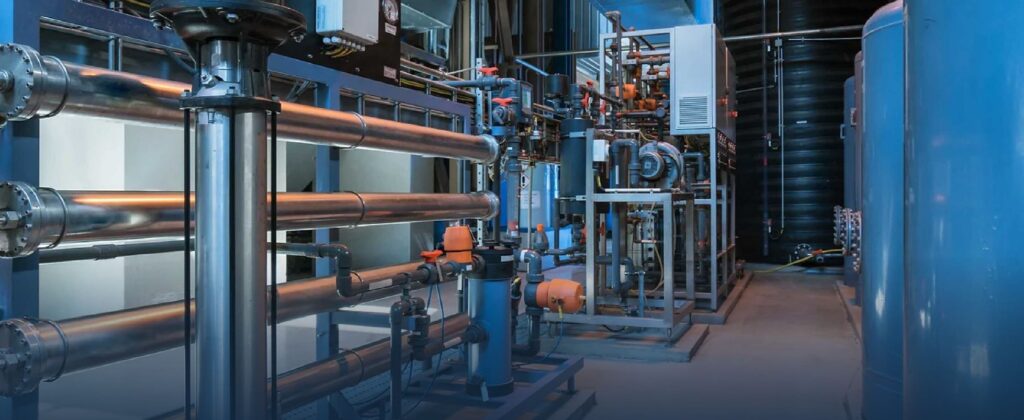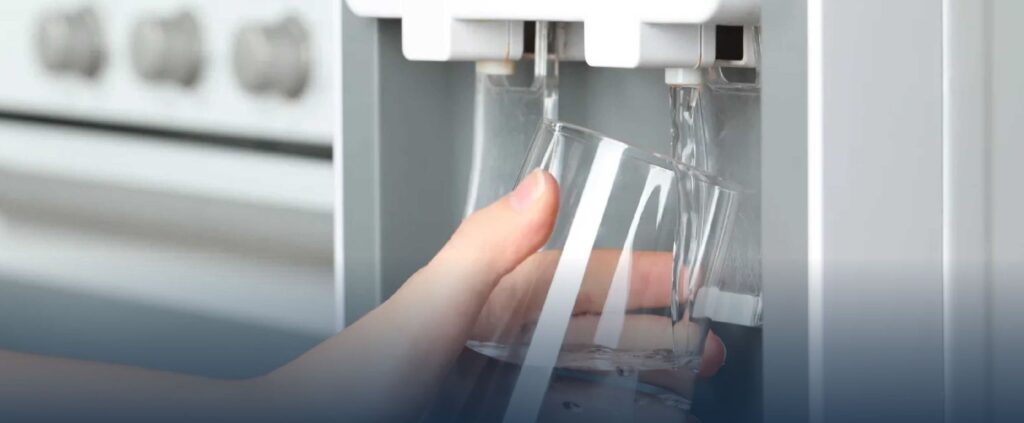- Home
- Our Solutions

COMMERCIAL
Menu- Commercial Kitchens
- Consumables, Flow Meters, Fittings & Mixers
- Commercial Pools
- Laboratory
- Legionella Control
- Bore, Dam and River Water Treatment
- Ozone
- Replacement Filter Cartridges
- Reverse Osmosis
- Ultrafiltration & Microfiltration
- Water Softeners

RESIDENTIAL & RURAL
Menu- Aquarium RO Filters, UV & Filtration Media
- Consumables/Chemicals
- Disinfection
- Filter Housing
- Jumbo Filter Housing
- Kitchen Filters
- Ozone
- Replacement Filter Cartridges
- Spares (RO Systems)
- Testing/Monitoring
- Water Softeners
- Whole House Filtration Systems
- Shop
- About
- Additional Info
- Blog
- Industrial Resources
- Residential Resources
- Glossary of Terminology
- Projects
- Chemical Free Iron Removal Filter
- Chemical Free Iron Removal Installation
- Dechlorination of Town Water Bottling Plant
- High Capacity Packaged Ozone Generators
- Removal of High Levels of Iron from Bore Water
- Removal of Iron from Bore Water
- Rotary Drum Filters for Lobster Manufacturing Facility
- Skid Mounted Ultra Filtration Systems
- Water Softeners Commercial Kitchens
- Water Problems
- Water Treatment Applications
- Water Treatment Services
- Contact Us



